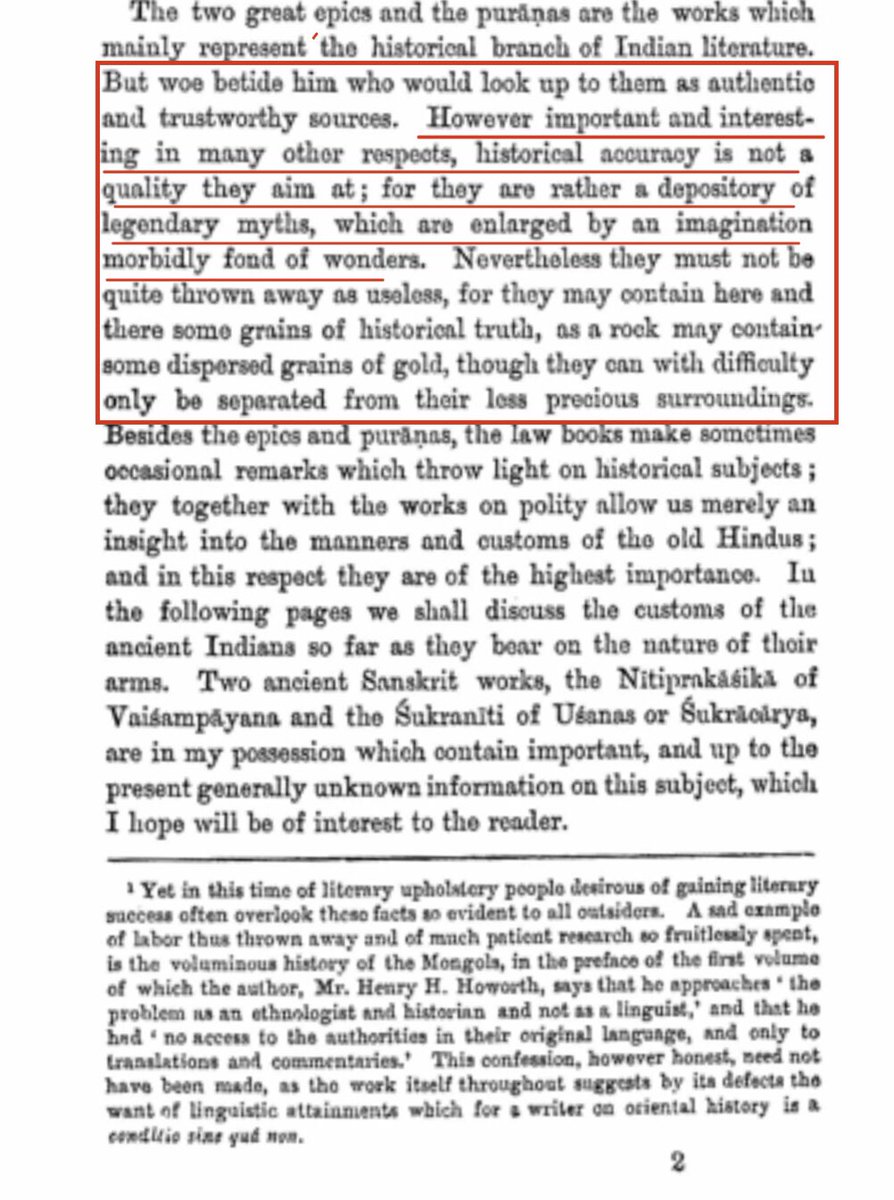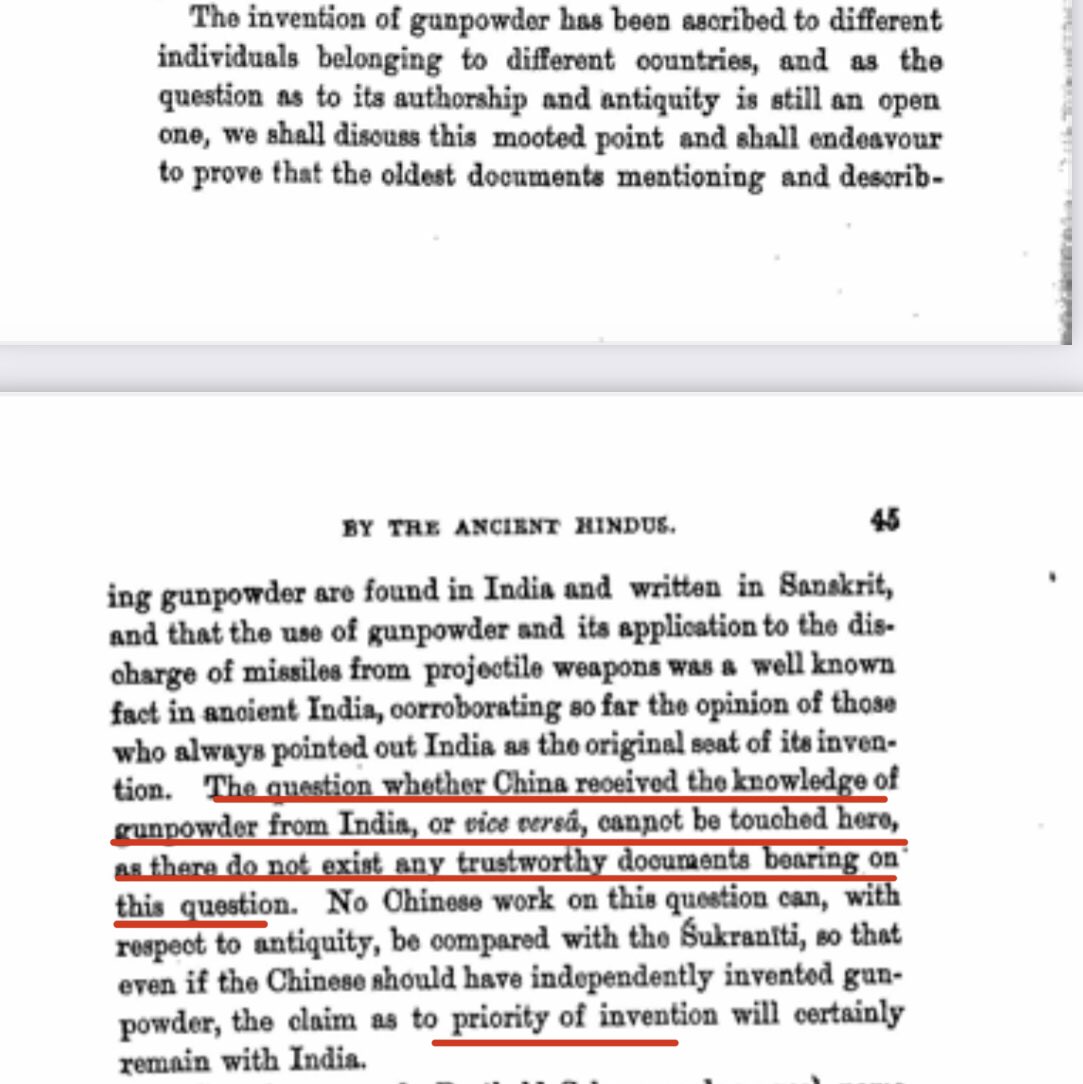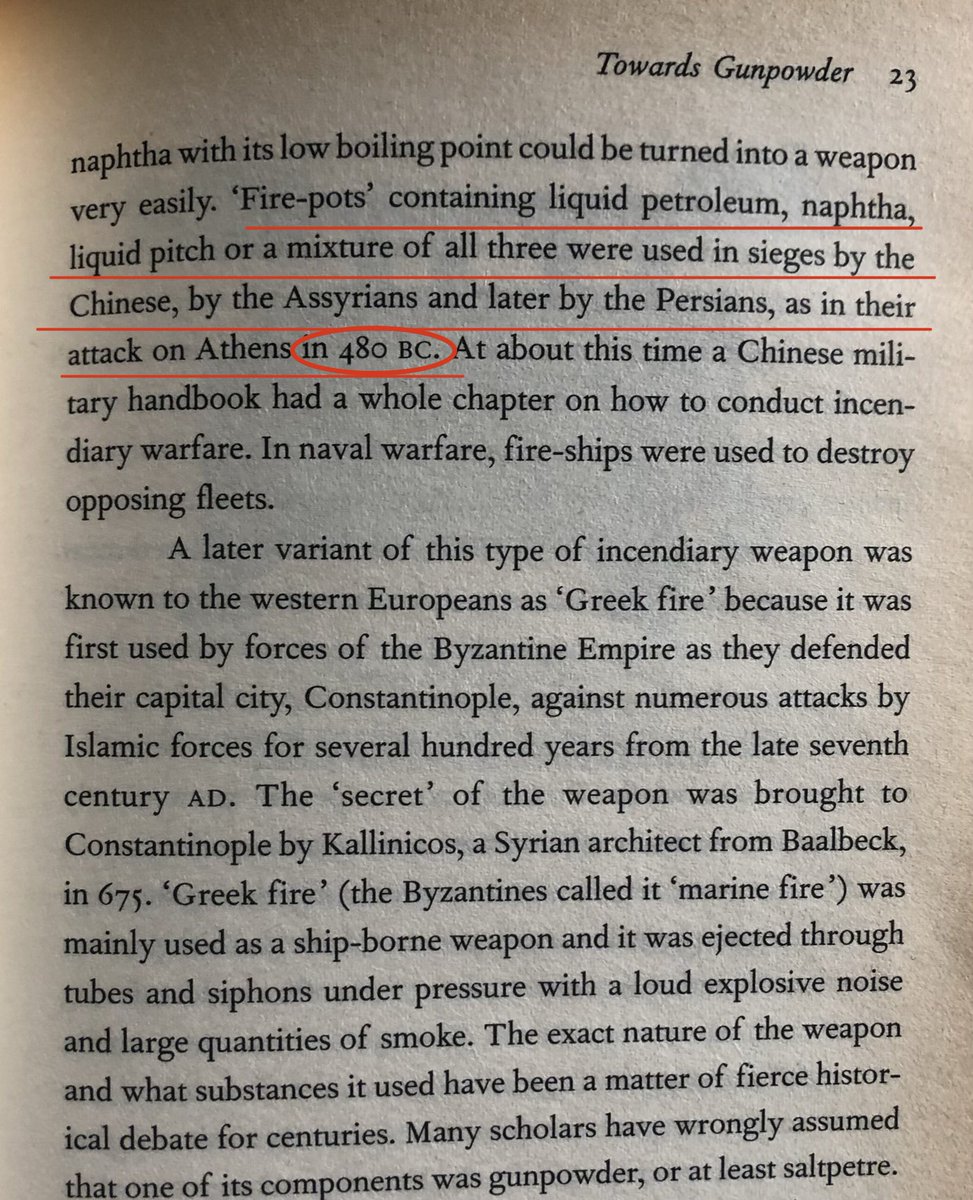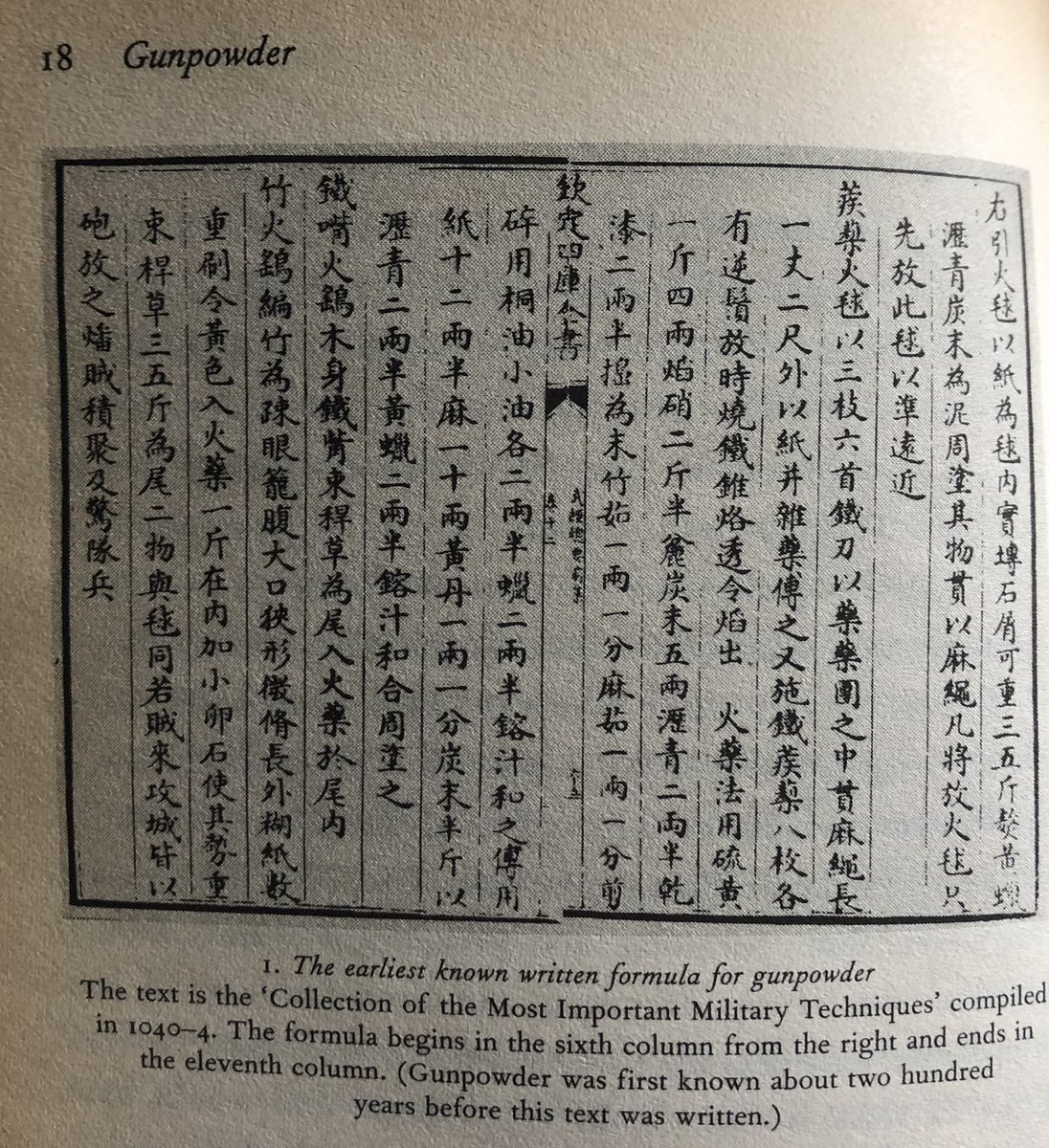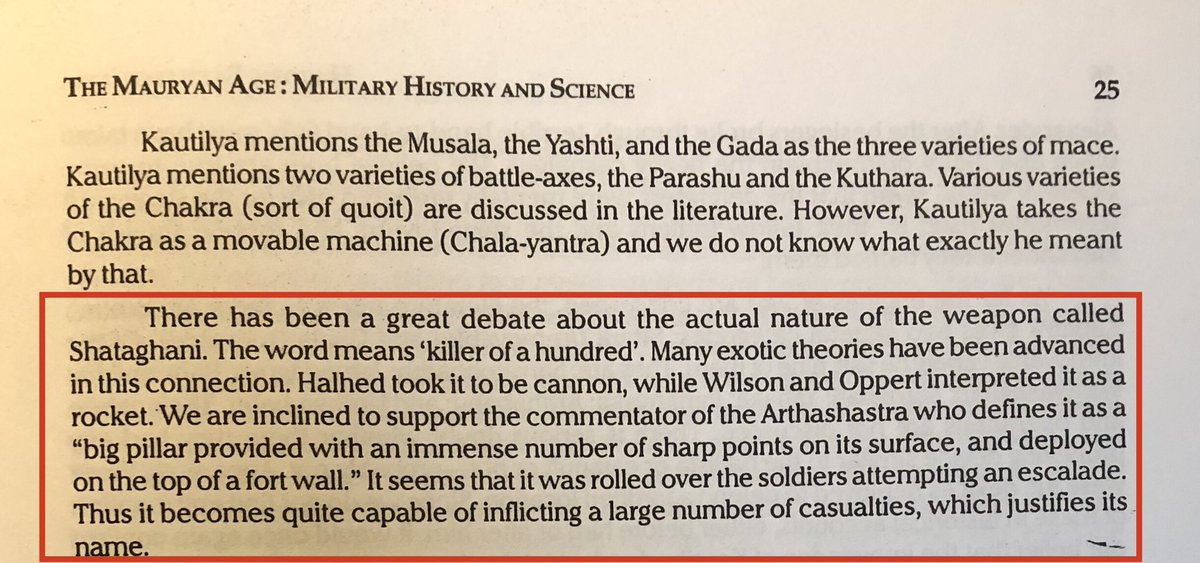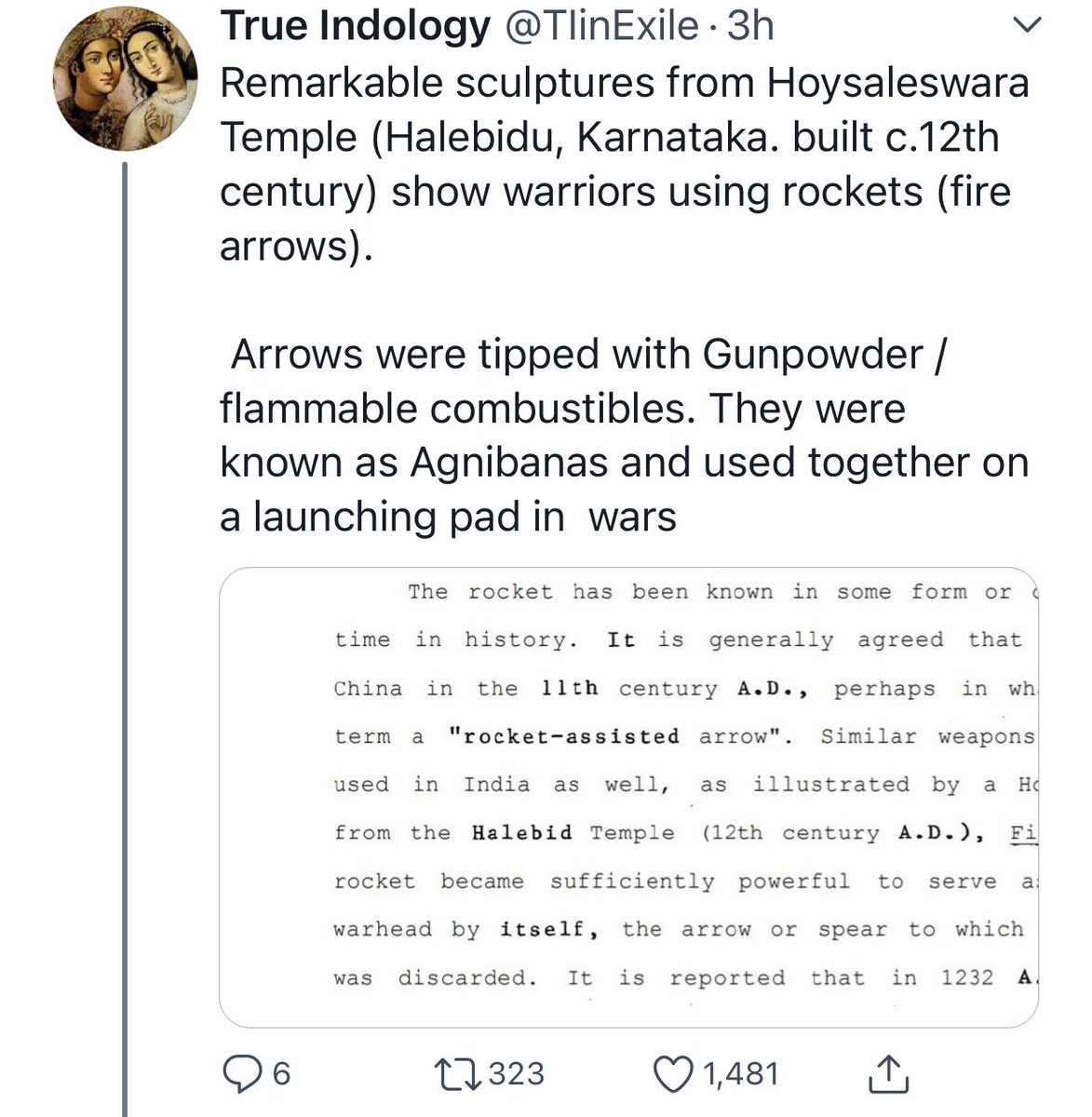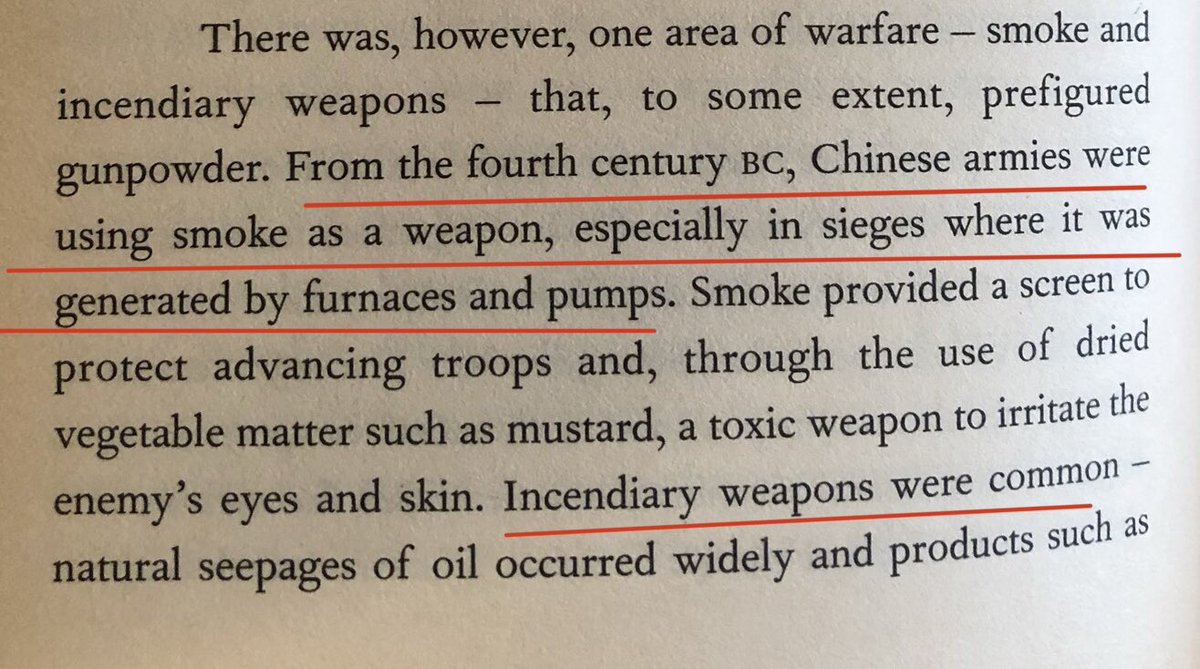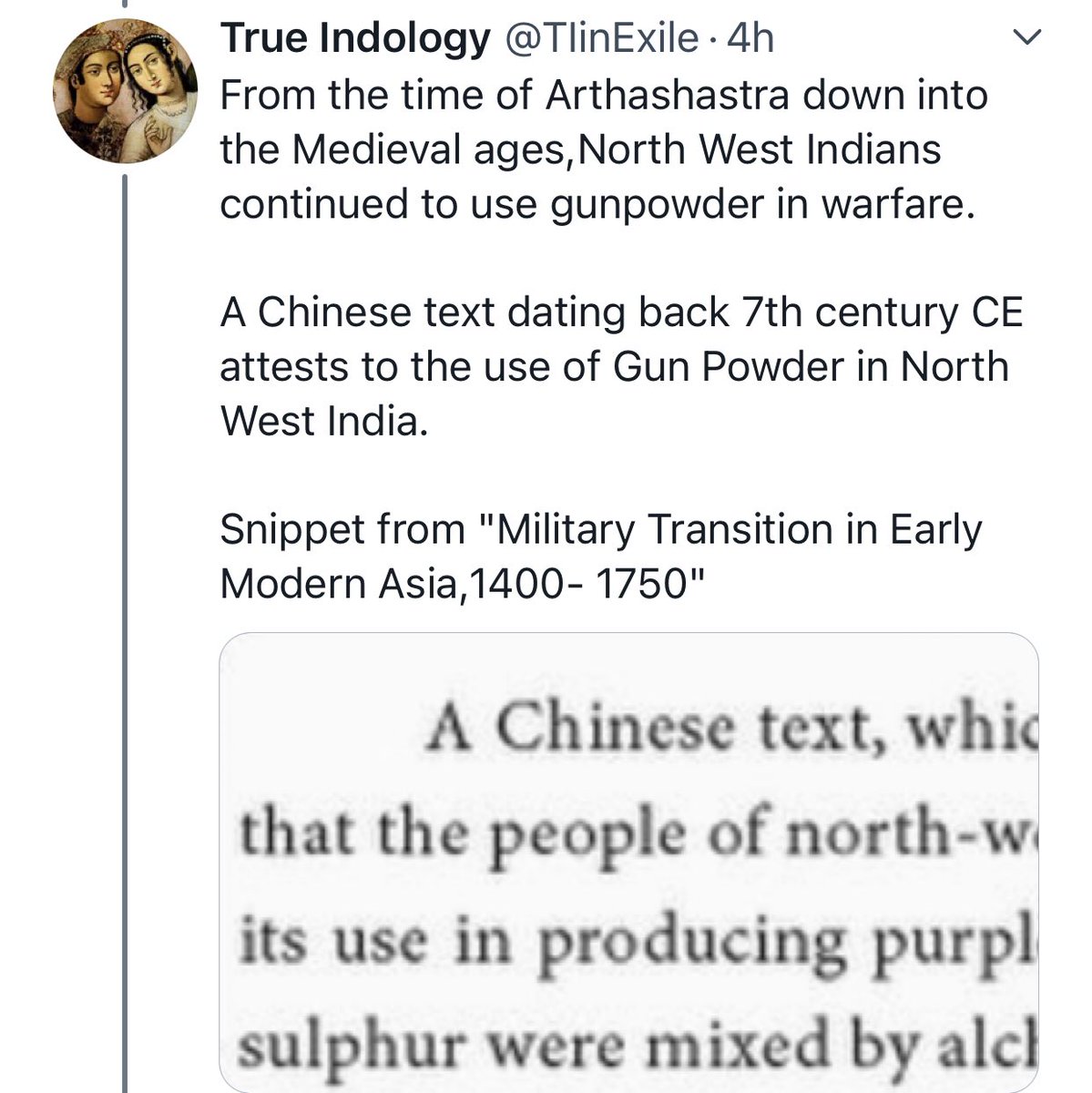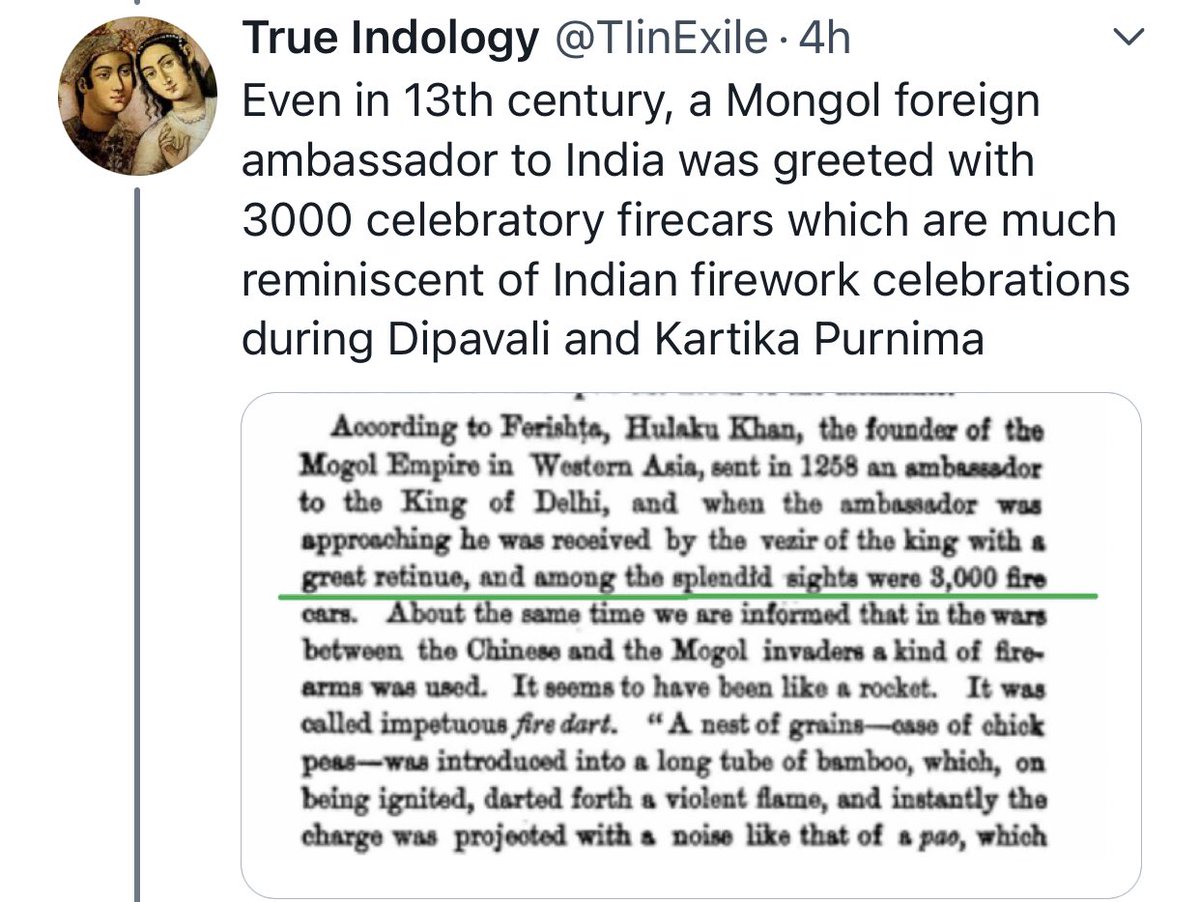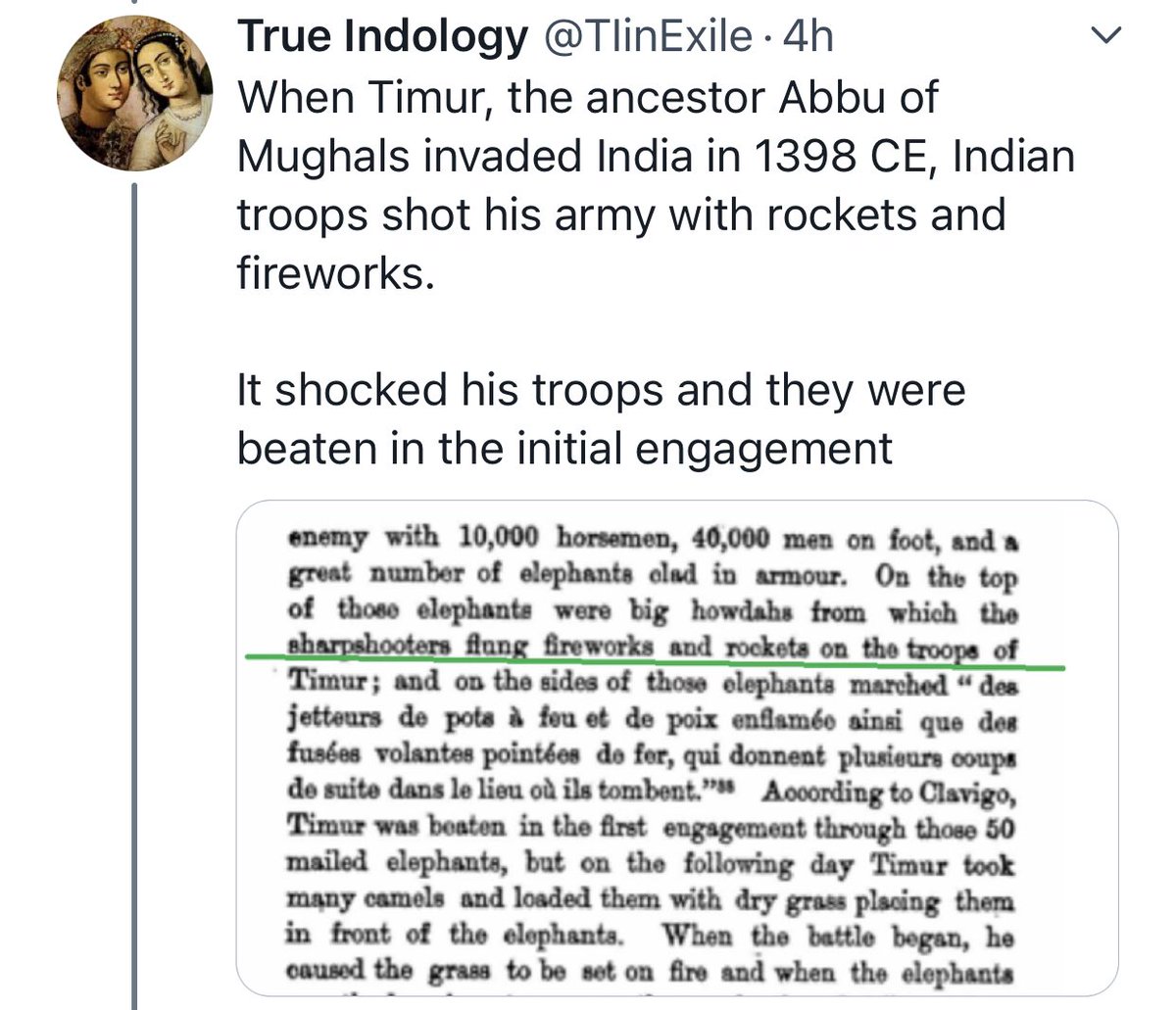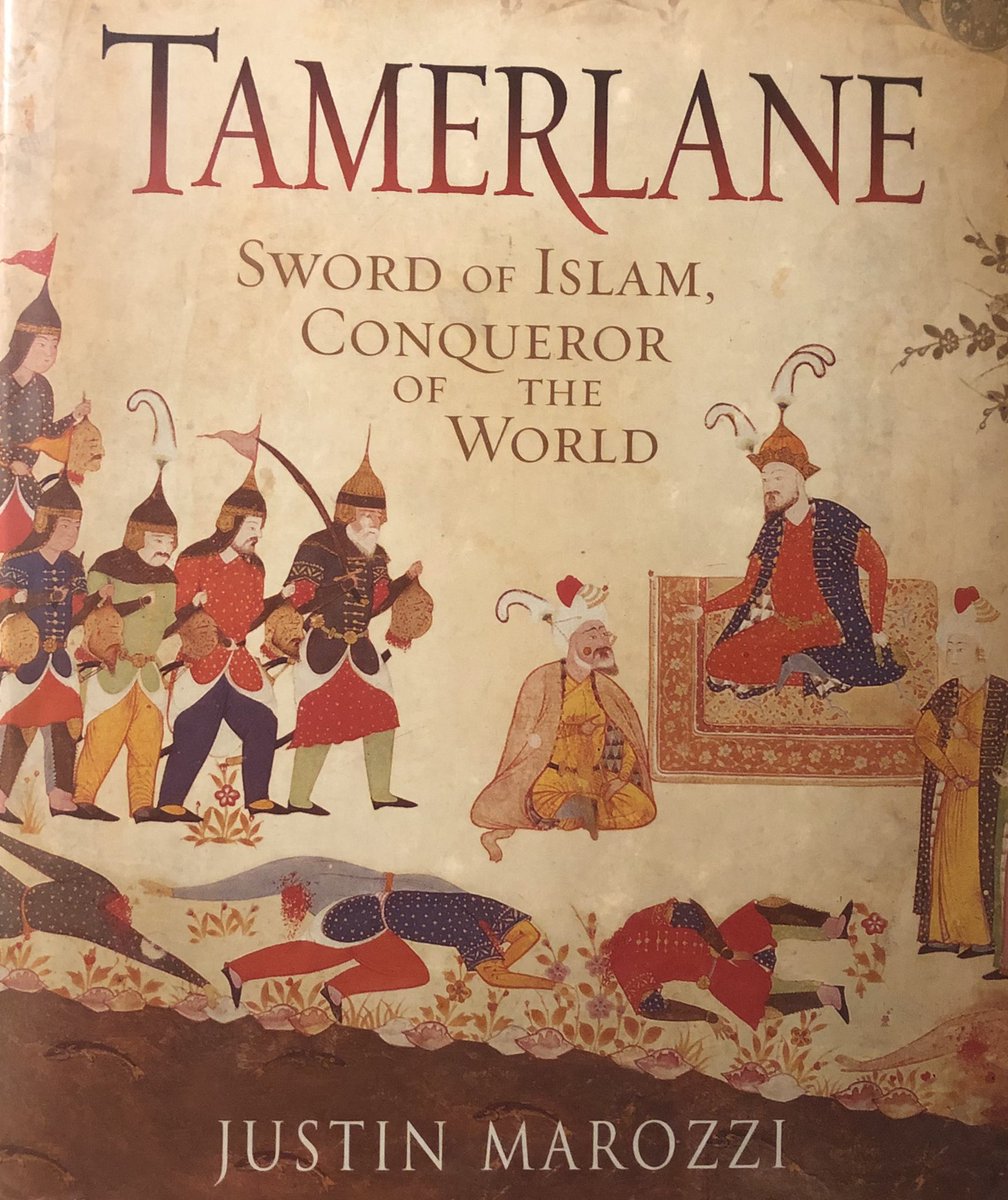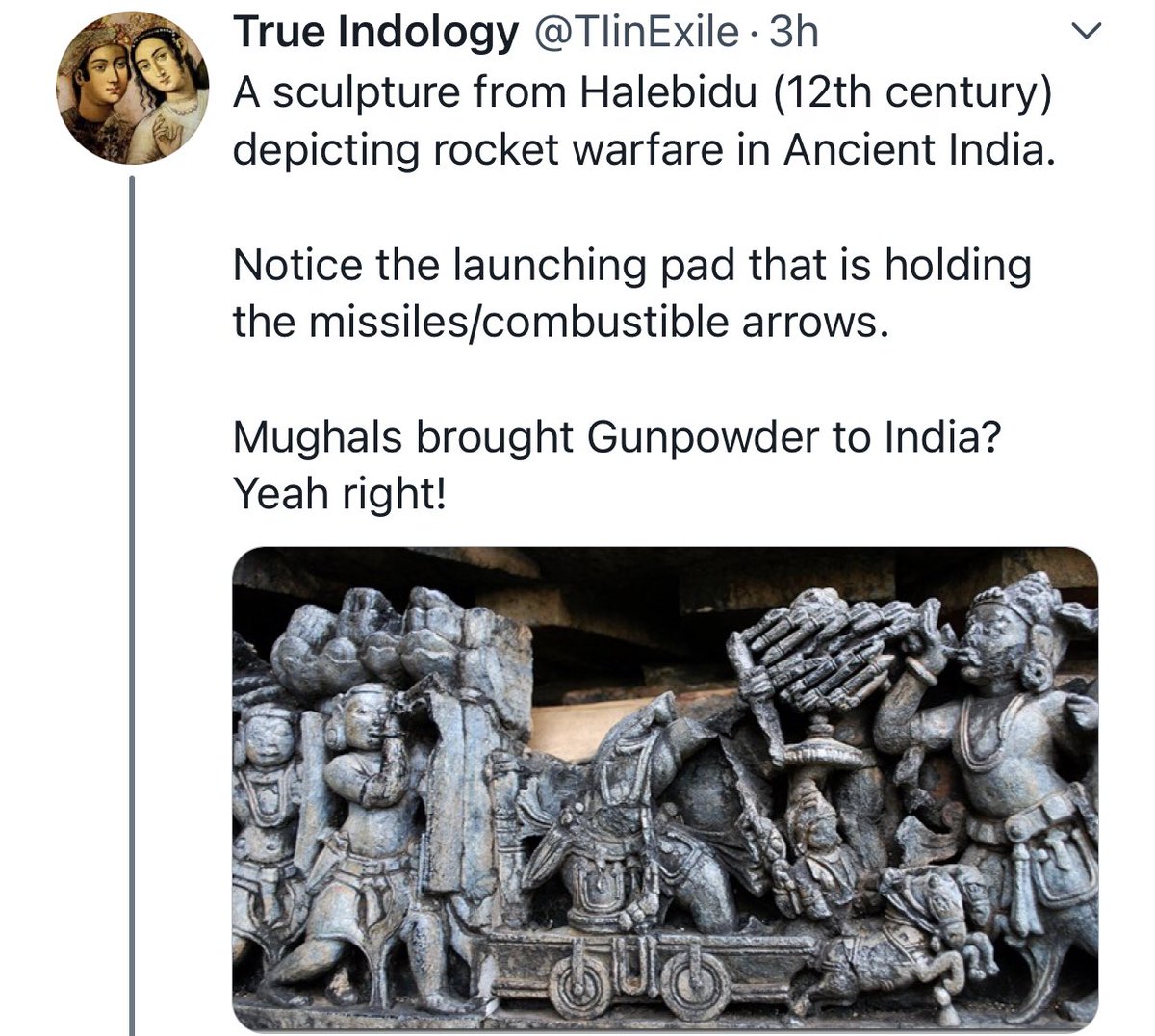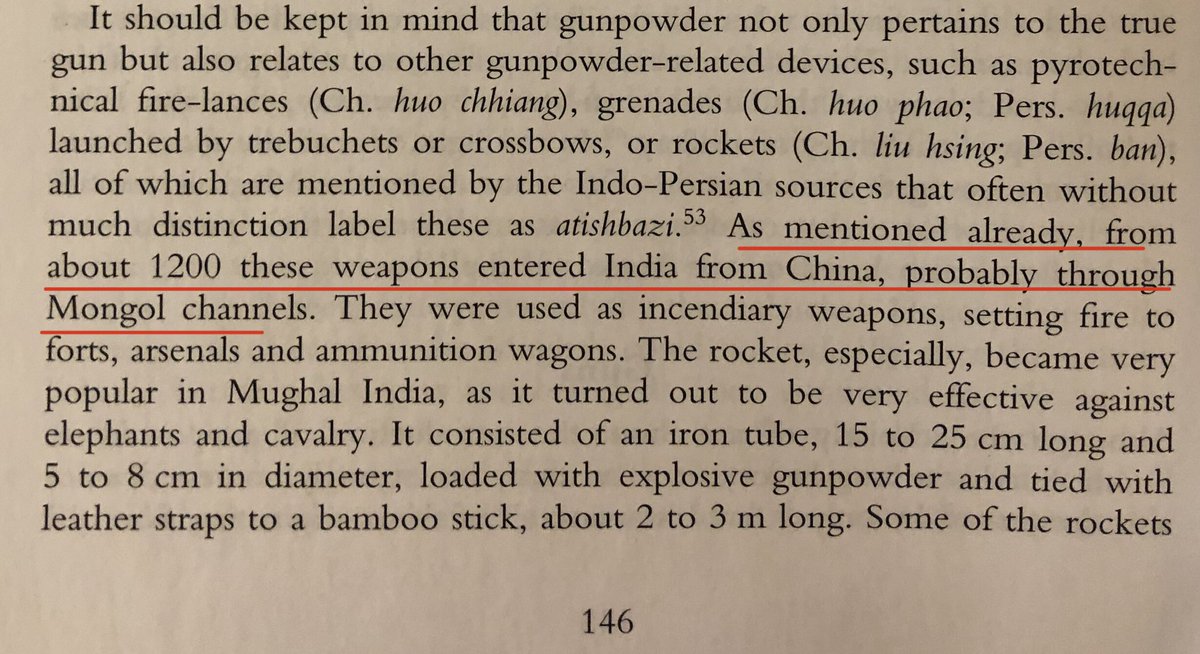In this #thread I aim to fulfil 2 objectives:
1. Provide historiographical evidence about “gunpowder” as a military tool.
2. Appeal to #History enthusiasts to think for themselves and seek the truth rather than seek historiographical validations from supremacists with motives. https://twitter.com/tiinexile/status/1327477391787114497
1. Provide historiographical evidence about “gunpowder” as a military tool.
2. Appeal to #History enthusiasts to think for themselves and seek the truth rather than seek historiographical validations from supremacists with motives. https://twitter.com/tiinexile/status/1327477391787114497
While it is a matter of pride for us all to be able to truthfully claim historical ownership over particular ideas and inventions - as a #civilization - this same pride becomes baseless arrogance, if we make claims for supremacist reasons alone and ignore true historiography.
@TIinExile has selectively quoted Gustav Oppert and his 1880 work.
While taking what is useful, he/she omits Oppert’s assertions about the “historical accuracy” of ancient Hindu texts, which I have quoted from the same text below.
This is called selective research.
While taking what is useful, he/she omits Oppert’s assertions about the “historical accuracy” of ancient Hindu texts, which I have quoted from the same text below.
This is called selective research.
Furthermore, Oppert himself makes no historiographical basis for his assertion, even in the quoted passage. He simply makes an a posteriori observation about crediting ancient India with “priority of invention”.
This is akin to an argument about who first discovered fire!
This is akin to an argument about who first discovered fire!
The use of compounds to create fireworks for warfare have been in circulation long before firearms became de rigeur, and a regular part of warfare in India in the 16th century through the use of firearms such muskets, artillery and mortars.
In terms of empirical evidence documenting the formulation of gunpowder, the Chinese compilation, “Collection of the Most Important Military Techniques” is available from 1040.
Note: this is not merely a reference to use of gunpowder but the oldest discovered formula for it.
Note: this is not merely a reference to use of gunpowder but the oldest discovered formula for it.
It is strange that firearms find no mention - as a weapon - in the annals of the war (5 BC), between Magadha, Koshala and Kashi in which Ajatashatru is credited with the deployment of the ‘mahashilakantaka”; a large catapult used to hurl rocks - which was itself an innovation.
Meanwhile, the translation of specific weapons for eg. such as the “shataghani” - mentioned in the Arthashastra - have also found to be wanting.
For more details please see “Historic Battles of India”, @NcAsthana and Dr Anjali Nirmal, 2014. An excellent book on warfare in India.
For more details please see “Historic Battles of India”, @NcAsthana and Dr Anjali Nirmal, 2014. An excellent book on warfare in India.
Fire-tipped arrows were in common use across the world at the time the Arthashāstra (original date of compilation unknown), was written.
Smoke and fire themselves used even earlier.
See “Gunpowder: An Explosive History” by Clive Ponting (2005)
Smoke and fire themselves used even earlier.
See “Gunpowder: An Explosive History” by Clive Ponting (2005)
Nor was the use of smoke or chemicals limited to/invented in #India in ancient history, as we have already noted the Persians used “fire-pots” during the Perso-Graeco Wars in the 5th century BC. The Chinese deployed incendiary weapons in the 4th century BC.
#MilitaryHistory
#MilitaryHistory
Given the perennial state of warfare which characterised early state-formation in India, why is it that we do not find tangible evidence of gunpowder, rockets, cannon, mortar, muskets in either battle or sieges or warfare; throughout the pre-Islamic period?
By the 7th century CE north-western India had been LONG overrun by Indo-Bactrians and Scythians (Shakas), who had penetrated north-western India, from their homes in Central Asia, having been pushed out by the Yueh-Chih.
Among other things they imported Chinese silk into India.
Among other things they imported Chinese silk into India.
This was the Mongol Ambassador of Hulagu Khan introduced to the court of Sultan Nasir-ud Din Mahmud in 1258, by his regent Ghiyas-ud Din Balban.
Possibly the first record of a pyrotechnic display in Delhi.
Yet, even the Sultans of Delhi had not mastered gunpowder warfare by then.
Possibly the first record of a pyrotechnic display in Delhi.
Yet, even the Sultans of Delhi had not mastered gunpowder warfare by then.
Actually, Timur was already aware of the use of incendiary weapons before he fought the Sultan of Delhi and his forces. The Tughlaqs - known for their defensive formations - were in their decline.
In any case, Timur had already used explosive mines at Bhatnair.
In any case, Timur had already used explosive mines at Bhatnair.
Furthermore, please furnish evidence of which engagement Timur was beaten in during his campaign of India in 1398.
The siege of Multan took long but was ultimately successful. For all their bluster, the Sultans of Delhi and others were completely decimated.
@justinmarozzi
The siege of Multan took long but was ultimately successful. For all their bluster, the Sultans of Delhi and others were completely decimated.
@justinmarozzi
It is little wonder that the use of gunpowder; as a strategic weapon in warfare or Indian military techniques was negligible or unknown.
Neither Ibrahim Lodi nor Rana Sanga could deploy it, at Panipat (1526) and/or Khanua (1528) respectively, against Babur.
Neither Ibrahim Lodi nor Rana Sanga could deploy it, at Panipat (1526) and/or Khanua (1528) respectively, against Babur.
For anyone interested I thoroughly recommend “Mughal Warfare” by Jos Gommans, (2002), from which he below passage is taken.
There are some excellent sources on Indian military history and I will be happy to share them with anyone interested in the subject.
#History
There are some excellent sources on Indian military history and I will be happy to share them with anyone interested in the subject.
#History
Finally, once more, I appeal to all students and enthusiasts of history - do take the trouble to question, research and scrutinise what you are offered as #History.
Do not seek validation of a viewpoint through pamphleteers.
Have A Happy Enlightened Diwali!
#HappyDiwali2020
Do not seek validation of a viewpoint through pamphleteers.
Have A Happy Enlightened Diwali!
#HappyDiwali2020

 Read on Twitter
Read on Twitter